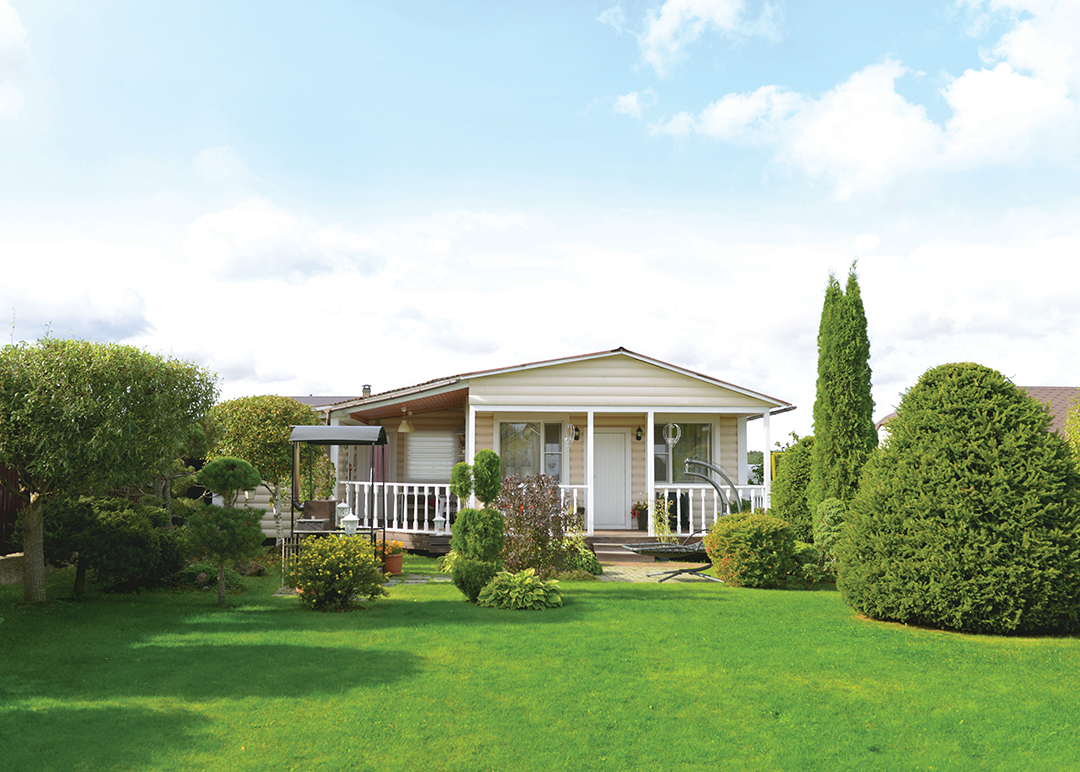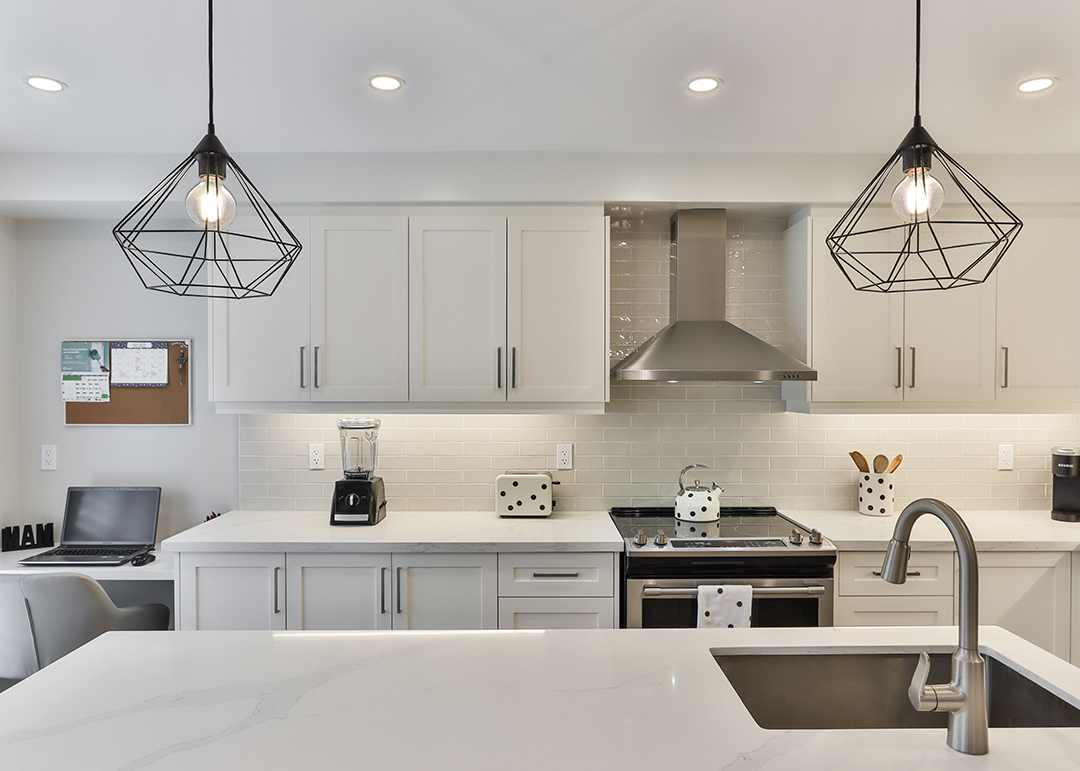Challenges in the Current Investment Market
Planning and Flexibility Can be the Keys to Success By Bryan Lysikowski As the market continues down the path of post-pandemic life, the single-family rental and investment sector continues to face unprecedented challenges. When looking at the current market challenges, it is easiest to break them down into three main categories: » supply chain issues » labor issues » cost issues At times, depending on the market, these issues can
Read More












